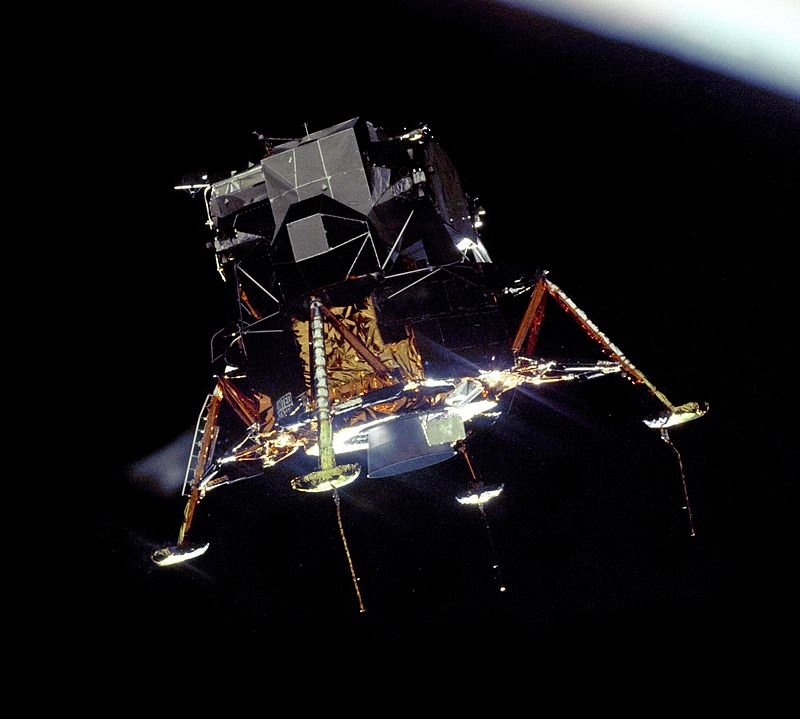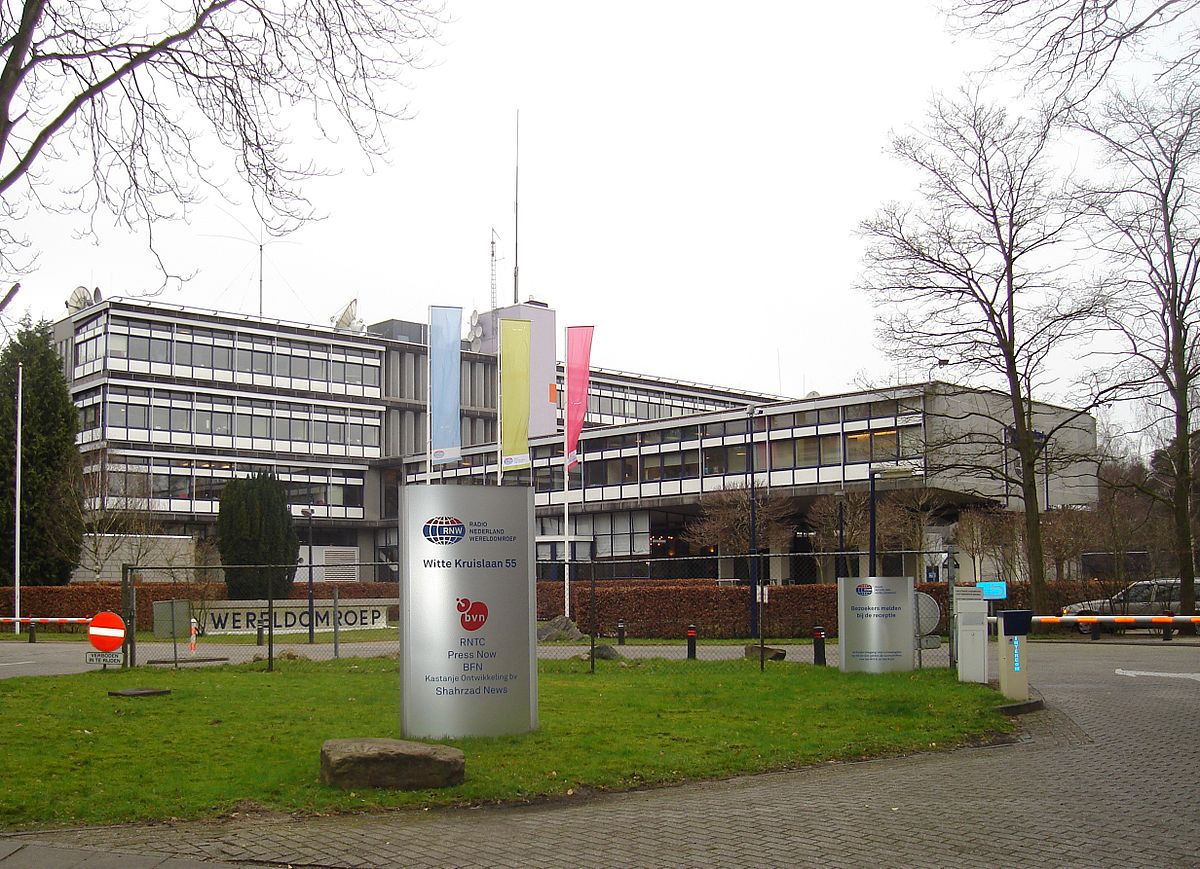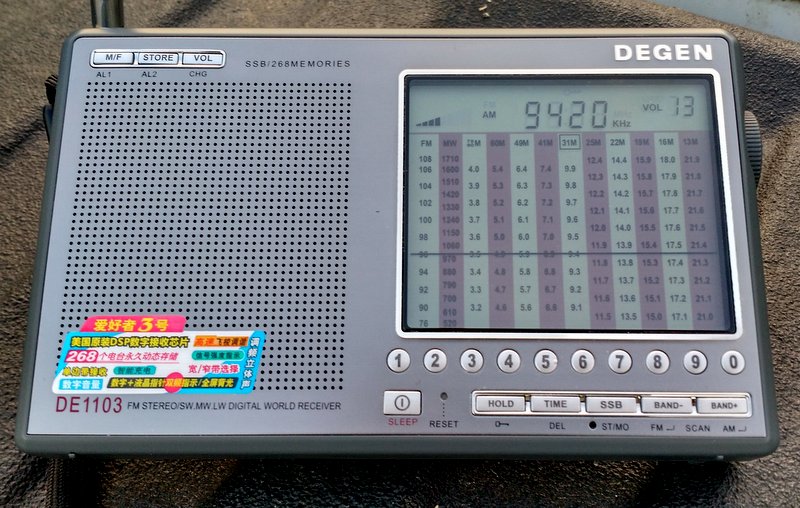Live, off-air, approximately half-hour recording of the shortwave relay of Radio Jordan's domestic English service on 13 February 1991 starting around 21:35 UTC on 9560 kHz. The broadcast originated from a 500 kW transmitter at Al Karanah, about 50 km southeast of Amman, with an antenna beam direction nominally towards Europe and beyond.
The recording begins with a program of light music in progress. At about the 21-minute mark in the recoding, there is a time signal for 12:00 a.m. Jordan local time (22:00 UTC), which is followed by the final news summary of the day. The news summary includes Gulf War news including the lead item on the infamous American bombing of the Amiriyah air raid shelter earlier in the day. After the news summary, there is a sign-off announcement followed by the Jordanian national anthem.
The reception of this broadcast is unusual. Typically, the 9560 kHz frequency carried the Arabic international service in this time slot. In fact, that was what was monitored on the following day (14 February).
Reception of the broadcast was very good. During the national anthem, there were a number of skips in the audio with durations of around 0.1 seconds or less. Their origin is undetermined and may have been in the actual broadcast or a defect in the recording. Two files are supplied: the original recording and one with the gaps removed by processing software.
The broadcast was received in Hanwell, New Brunswick, Canada, using a Sony ICF-7600D receiver and supplied wire antenna draped around the listening room.























